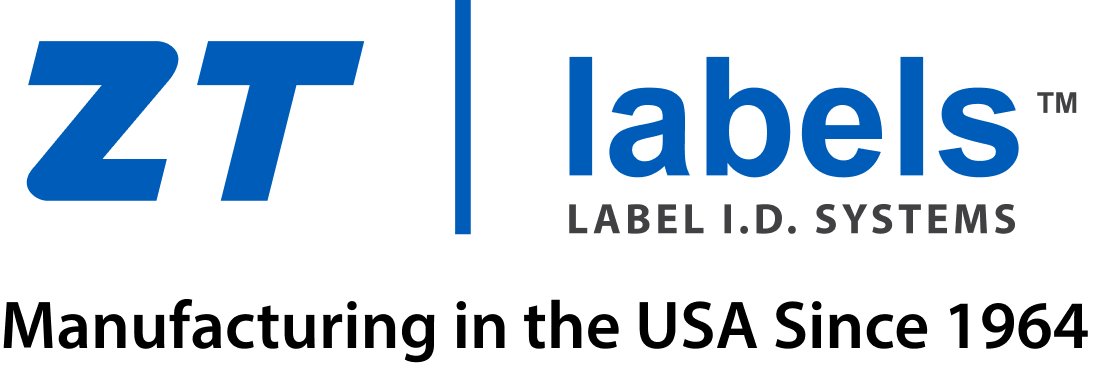Food Label Trends: Keeping it Clean
Have you noticed any changes in food product labels lately? In recent years, consumers’ interests and desires relating to food products have changed. Due to decreased trust in processed foods and the increased interest in healthy foods and ingredients, customers now desire transparency – or honesty - in their food labels. Consumers today want to know exactly what is in the packaged foods they are eating, which has led to the increasingly popular term ‘clean label’. Many major food companies such as Dannon, Kraft Foods, and Nestlé have already taken the clean label plunge. If your food product already contains simple and healthful ingredients, or you're planning on simplifying your ingredients, following guidelines for ‘clean labeling’ can make your product more appealing to consumers, as well as allow you to gain trust and loyalty.
What is Exactly is a “Clean Label”?
The term “clean label” has been buzzing around the food industry for a few years now, and has recently started to gain great momentum. It is not a government regulated term, so there are no technical requirements for what constitutes a ‘clean label’. However, many food companies are continuing to take steps in order to satisfy customer demands through clean labeling. The most common methods associated with clean labels are “free-from” statements and shorter, easier to understand ingredient lists. ‘Free-from’ statements have become increasingly popular – such as ‘gluten-free’, ‘no-GMO’, and ‘no artificial colors, flavors, or preservatives’.
Why Consumers are Going Clean
With consumer interest in health on the rise, there is an increasing demand for product transparency. Over three-fourths of consumers in the US look at the nutrition facts and ingredient lists on food labels, according to a Consumer Reports 2016 Survey. Ninety-one percent of consumers believe food and beverage options with recognizable ingredients are healthier. In regards to the listing of ingredients on food labels, nearly 8 out of 10 consumers want the origin of fructose listed on the food label (i.e. high fructose corn syrup, sugar cane, beets, fruit). Although words like “organic” and “natural” are regulated by the Food and Drug Administration (FDA), words such as “simple”, “real”, and “fresh” are not (yet), and are often used on “clean labels”.
3 Simple Steps to Cleaning Up Your Labels
- If your food product is free-from gluten, GMOs, artificial colors, flavors, or preservatives, added sugars, or Trans fats, consider including a ‘free-from’ statement on your product label.
- Replace unrecognizable, scientific ingredient names with easier to understand ingredient names.
- Be honest about what ingredients are in your food product, and how the food product is made.



